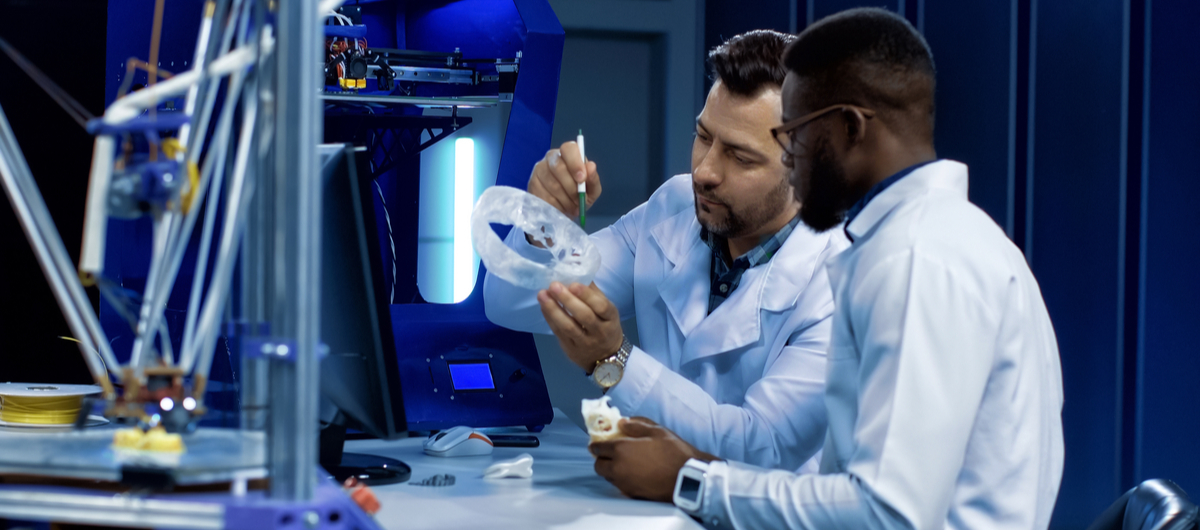The COVID-19 outbreak has created a huge demand in the production of key equipment, such as ventilators and surgical masks.
However, in practice, this means that manufacturers are being asked to ramp up orders for new and existing customers. This increased demand comes at a time of disrupted supply chains, and with manufacturers seeing their workforce being reduced by illness or coronavirus disruption.
To meet the burden being placed on health systems globally, manufacturers of all types must rise to the challenge. One area where we are seeing companies stepping into the breach is additive manufacturing (3D printing).
What is being done?
Numerous 3D printing firms have pledged to do what they can to help supply parts for vital healthcare equipment. However, a huge collaborative effort is required to ensure that manufacturers are creating the equipment to required specifications.
Groups of 3D printing specialists, doctors and hospital technicians are using WhatsApp, Google Docs and databases to share the best ways to create both components and fully functioning devices.
The need to increase the number of ventilators available in intensive care units is the most imperative project for additive manufacturers. British firms Renishaw and 3T Additive Manufacturing are among those who have stepped-up to manufacture ventilator parts at request of the government. 3T plans to use polymers to create casings, clips, fixturing and other parts for medical equipment, while Renishaw is planning on rapidly manufacturing small, precision-measurement parts.
There is also a clamour for other medical equipment. In Italy, a collaboration between 3D printing firms led to the successful production of a prototype replacement valve for respiratory aids. Over 100 of these components were sent to a hospital in Brescia, where they were immediately used in the treatment of patients.
Additive manufacturers across the globe are helping to create other vital tools in the battle against COVID-19. Chilean firm, Copper3D, has been working on printed facemasks which help protect health professionals. Numerous companies in the US are helping to develop coronavirus testing kits, which will give governments, medical professionals and scientists a far greater understanding of the spread of the virus, helping to better inform the actions they are taking.
What else may be required?
Given the fantastic response from additive manufacturers over the production of emergency equipment, those looking to help contain the virus could look to innovative day-to-day solutions. This not only stops a surplus of supply which could overwhelm health professionals who are in need of equipment, but can also address less obvious issues which have an impact the virus’s spread.
For example, additive manufacturer Materialise is sharing designs for hands-free door openers. These allow people to open doors with their covered arms, rather than bare hands, which can greatly reduce the spread of the virus (which is mainly transmitted through the hands).
Moath Abuaysha, an engineer who specialises in surgical 3D printing, has created a hand sanitiser wristband for medical professionals who need to touch objects which may be contaminated. The wristband comes with an attached bottle of hand sanitiser, meaning professionals can ensure their hands are decontaminated at a moment’s notice.
These are just two of several initiatives being used to combat COVID-19. It’s heartening to see all manufacturers answer the call to help mass produce vital equipment. However, additive manufacturers are using a level of innovation which can make all the difference in the fight against this virus.







